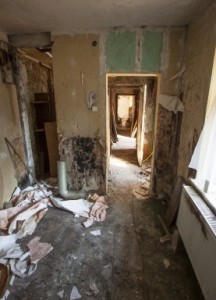 According to the Association of Independent Inventory Clerks (AIIC) a large number of landlords and letting agents don’t have a clear understanding of what defines ‘fair’ wear and tear. As a result of a general lack of clarity many have unrealistic expectations at the end of a tenancy, which can lead to
According to the Association of Independent Inventory Clerks (AIIC) a large number of landlords and letting agents don’t have a clear understanding of what defines ‘fair’ wear and tear. As a result of a general lack of clarity many have unrealistic expectations at the end of a tenancy, which can lead to
******Whoops! Looks like this is an old post that isn’t relevant any more :/ ******
******Visit the blog home page for the most up to date news. ******
disputes. Because of this the AIIC is trying to help landlords and letting agents gain a better understanding of their rights and responsibilities in this crucial area.
Understand Your Rights
Figures released by the Tenancy Deposit Scheme indicate that tenants start 55% of disputes because they are unhappy about having money deducted from their deposit. A lot of the time a dispute arises because a landlord alleges the tenant has caused damage to the property that is above and beyond what can be classed as normal wear and tear.
What is Over and Above Normal Wear and Tear?
- Damage – cracks to baths and sinks, burns on kitchen worktops, broken windows, burns on carpets are examples of serious damage that is more than normal wear and tear.
- Cleaning – a property should be in the same state at the end of the property as it was when a tenant moved in. If it isn’t and this can be proved via documentary evidence, the tenant must pay for it to be cleaned.
- Decoration – If walls have been decorated with non-neutral colours without landlord permission, he or she can be charged for the cost of repainting.
- Gardens – holes or bare patches in the lawn caused by play equipment and pets is more than normal wear and tear.
Landlords: make sure you prepare a thorough inventory at the beginning and end of a tenancy in case you need to provide documentary evidence in the event of a dispute.



